Team Sonic Racing Overdrive (2019)
Team Sonic Racing Overdrive (2019)
Network & Production Companies

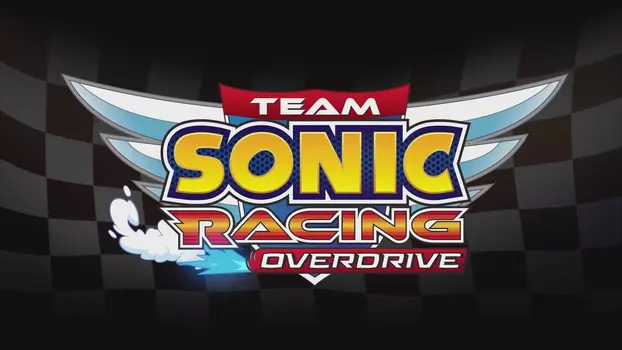
Plot.
Team Sonic, Team Rose, and Team Dark compete on the Wisp Circuit course, while Dr. Eggman is up to his usual trickery.
Where to Watch.
No streaming offers found
Cast & Crew.

Ian Curran
Co-Executive Producer

Jimmy Lenoir
Graphic Designer

Toni Pace Carstensen
Production Executive

Yukio Kusumoto
Producer

Celina La Flaca
Production Manager

Evan Hesse
Music Editor

Elliot Hunt
Sound Designer

Tyson Hesse
Mix Technician / Art Direction / Production Design / Production Design / Art Direction / Director / Storyboard

Jun Senoue
Music

Daniel Dulitzky
Painter / Assistant Art Director / Painter / Assistant Art Director

Ivo Gerscovich
Co-Executive Producer

Ian Drazen
Development Manager

Ilaria Sposetti
Painter

Kathy Schoeppner
Production Manager

Lirit Rosenzweig Topaz
Executive Producer

Sylwia Bomba
Painter

Takashi Iizuka
Executive Producer

Kazuyuki Hoshino
Executive Producer

Jasmin Hernandez
Unit Production Manager

Or Ofri
Technical Supervisor / Lead Painter

Brady Hartel
Title Graphics

Hitoshi Okuno
Co-Executive Producer

Petia Koutzarova
Graphic Designer

Nathan Shabazi
Thanks

Alan Hadaya
Thanks

Aaron Webber
Thanks

Jarom Brand
Painter

Warren Romero
Lead Painter

Viktoria Aleksandrova
Painter

Tammy Zeitler
Lead Painter

Boyan Mishev
Painter

Isaac Rubio
Lead Painter

Kelsey Wooley
Painter

Hannah Motegi
Thanks

Frank Gidlewski
Painter

Lukas Romero
Lead Painter

Victor Camargo
Painter

Ian Mutchler
Storyboard
Media.

Details.
This TV Show Is About.
racing
based on video game
webseries
Miniseries
car race
hedgehog
You May Also Like.
Look at the other titles that might be interesting for you
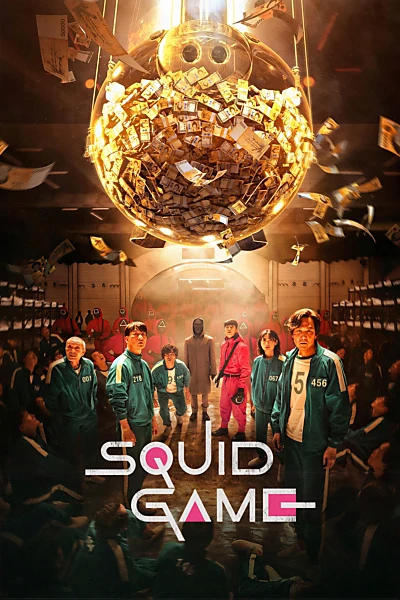
Squid Game (2021)
TV
6.87

Game of Thrones (2011)
TV
7.69
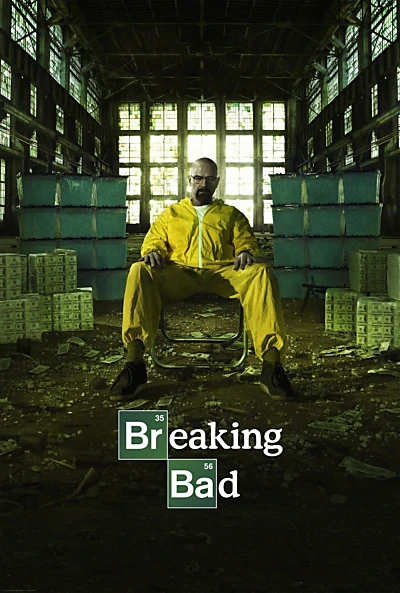
Breaking Bad (2008)
TV
6.58

Friends (1994)
TV
7.58

The Walking Dead (2010)
TV
7.07
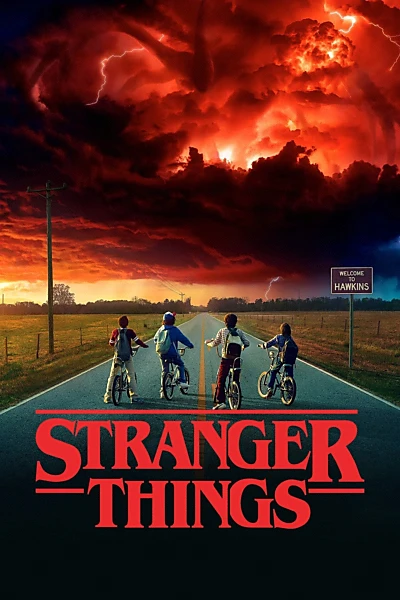
Stranger Things (2016)
TV
6.94

Two and a Half Men (2003)
TV
6.23
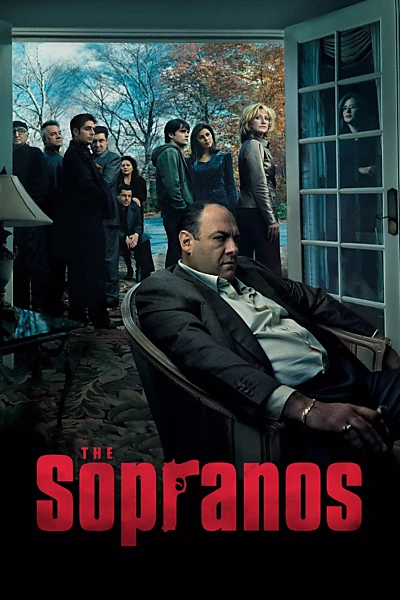
The Sopranos (1999)
TV
7.1

Spartacus (2010)
TV
5.61
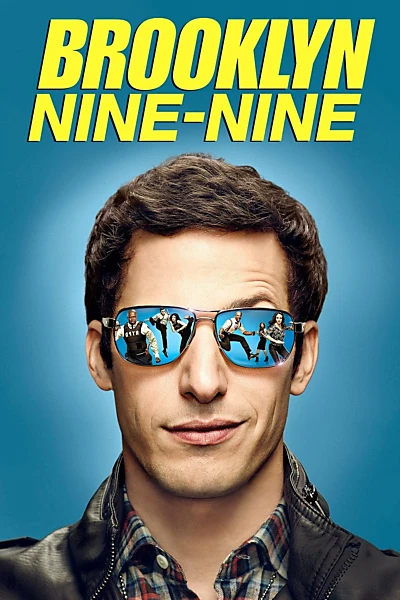
Brooklyn Nine-Nine (2013)
TV
6.74

Twin Peaks (1990)
TV
5.48
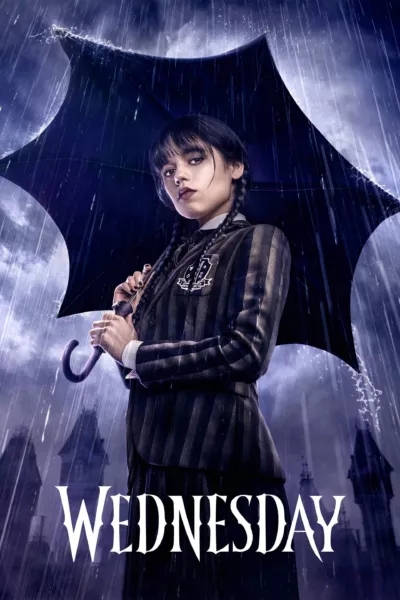
Wednesday (2022)
TV
7.38

Star Wars: Andor (2022)
TV
9

The Mandalorian (2019)
TV
7.68
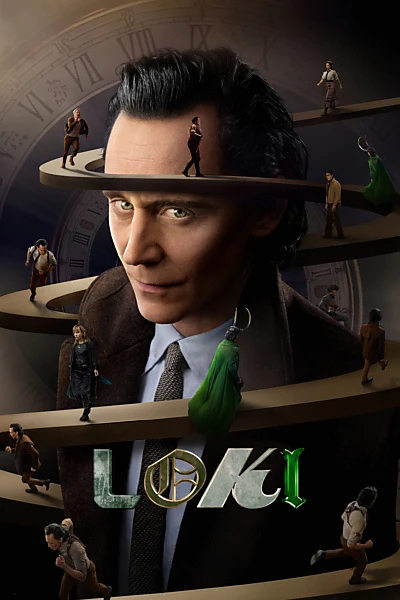
Loki (2021)
TV
8.42

Fallout (2024)
TV
8.5

Demon Slayer: Kimetsu no Yaiba (2019)
TV
8.57

Shadow and Bone (2021)
TV
9.25
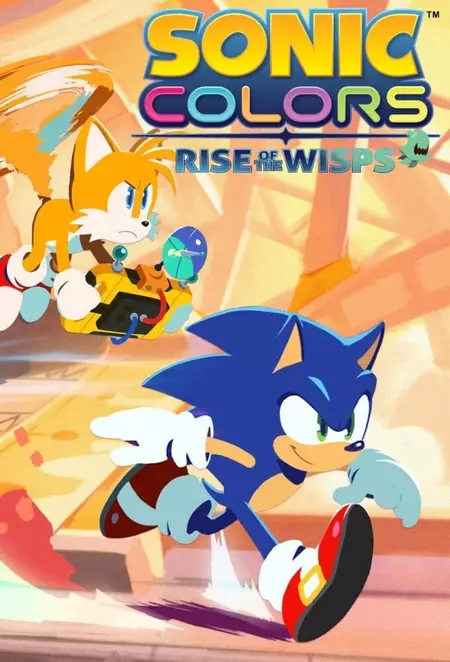
Sonic Colors: Rise of the Wisps (2021)
TV

Dawson's Creek (1998)
TV
4

